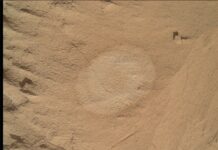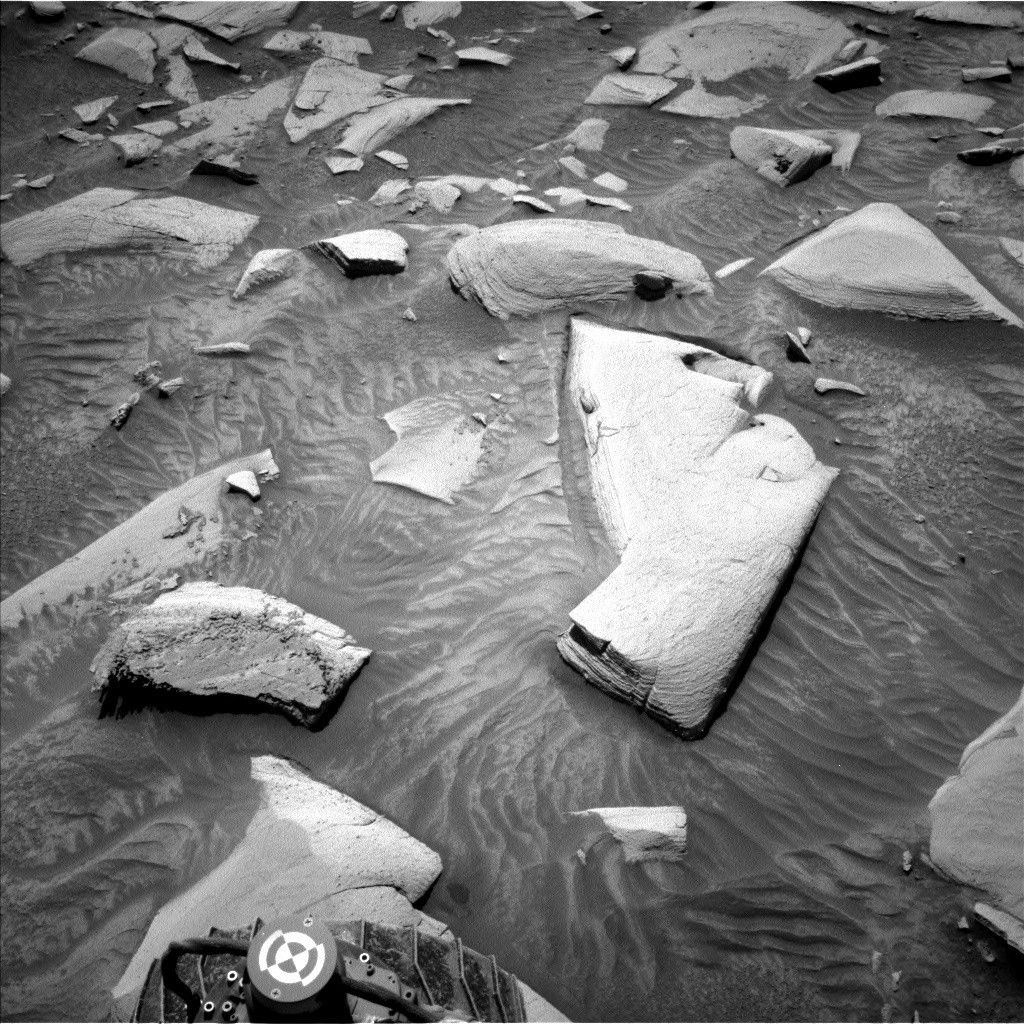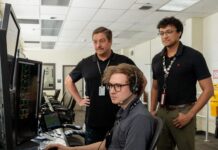Celebrating a Milestone: Sol 4500 in Mars Exploration
On Earth, the date is April 2, 2025, but on Mars, it’s a significant milestone—Sol 4500. A ‘sol’ refers to a Martian day, which is slightly longer than a day on Earth, lasting about 24 hours and 39 minutes. This landmark number of sols marks a monumental occasion in the exploration of the Red Planet.
Reflecting on this achievement brings to mind the journey of the Mars Exploration Rover (MER) Opportunity, which, alongside its twin rover Spirit, has contributed immensely to our understanding of Mars. Opportunity, during its mission, traversed the Martian surface for an impressive 5111 sols. On Sol 4500, Opportunity was found navigating smooth terrain, nearing a rounded hill known as "Spirit Mound," located on the western rim of the Endeavour Crater in the Meridiani Planum. Spirit, on the other hand, explored the Gusev Crater for approximately 2210 sols before its mission concluded.
The presence of these rovers on Mars, and the subsequent scientific discoveries, are nothing short of extraordinary. The fleet of NASA rovers, which now includes the likes of Curiosity and Perseverance, continues to provide invaluable data about Mars’ geology, climate, and potential for past life.
The Role of the ‘Keeper of the Plan’
In the realm of Mars exploration, every day is filled with meticulous planning and execution. Today, the responsibility of "keeper of the plan" for the geology and mineralogy theme group is in the capable hands of a dedicated team member. This role involves assembling various activities into a comprehensive plan using specialized team planning software. This detailed plan becomes an integral part of the larger set of instructions that will be sent to the Curiosity rover.
Currently, Curiosity is on a mission to ascend Mount Sharp. The path is challenging, filled with fragmented bedrock and sand, as the rover maneuvers through a small canyon towards intriguing geological formations known as boxwork structures. The terrain poses significant challenges, especially for rover mobility, necessitating the "Slip Risk Assessment Process" (SRAP). This process ensures that all six of the rover’s wheels are securely grounded before deploying its robotic arm for scientific observations.
Scientific Endeavors on Sol 4500
After a successful 8-meter drive (approximately 26 feet) the previous sol, the team managed to pass the SRAP, allowing them to proceed with selecting targets for both contact and remote observations. One such target, a bedrock formation named “Chuckwalla,” was examined using the dust removal tool (DRT), APXS (Alpha Particle X-ray Spectrometer), and MAHLI (Mars Hand Lens Imager). These instruments are designed to provide detailed chemical and morphological data about Martian rocks and soil.
Additionally, ChemCam, an instrument that utilizes Laser-Induced Breakdown Spectroscopy (LIBS), was employed to study the chemistry of a nearby bedrock with a unique knobby texture, dubbed “Pechacho.” This was complemented by a long-distance RMI (Remote Micro-Imager) capture to analyze the stratification in the “Devil’s Gate” butte.
Mastcam, another crucial instrument, compiled an array of observations over this two-sol plan. It captured images of varying bedrock textures at locations named “Jalama” and “Julian” and documented the characteristics of the “Mishe Mokwa” ridgeline. It also imaged darker rocks within an existing mosaic of Devil’s Gate and examined narrow troughs, which are small depressions, in the surrounding sand.
Observing the Martian Atmosphere
The environmental theme group, responsible for atmospheric studies, was also active, conducting measurements to assess the optical depth of the atmosphere, which is a gauge of how much sunlight is blocked by dust and other particles. They also focused on understanding aerosol scattering properties and observing cloud formations in the Martian sky.
The Journey Continues
As the Curiosity rover continues its exploration on sols 4500-4501, the mission’s complexity and ambition are evident. Each sol brings new challenges and discoveries, contributing significantly to our understanding of Mars. The dedication of the scientists and engineers behind these missions ensures that the legacy of Mars exploration will continue to grow, providing insights into the planet’s past, present, and potential for supporting life.
For those interested in following the progress of Mars missions, NASA’s science website offers a wealth of information and resources, providing updates on the latest findings and plans for future exploration. The journey of Curiosity and its successors like Perseverance not only furthers our scientific knowledge but also fuels our imagination about the possibilities of life beyond Earth.
As we commemorate this remarkable milestone, Sol 4500, we are reminded of the incredible achievements of the Mars rovers and the ongoing quest to unravel the mysteries of the Red Planet.
For more Information, Refer to this article.


































![Good Lock Features: Discover the Top Favorites [Exploring Good Lock ②] Unveiling the Most Popular Good Lock Features](https://www.hawkdive.com/media/samsung-mobile-good-lock-home-up-3-most-popular-features_thumb728-218x150.gif)